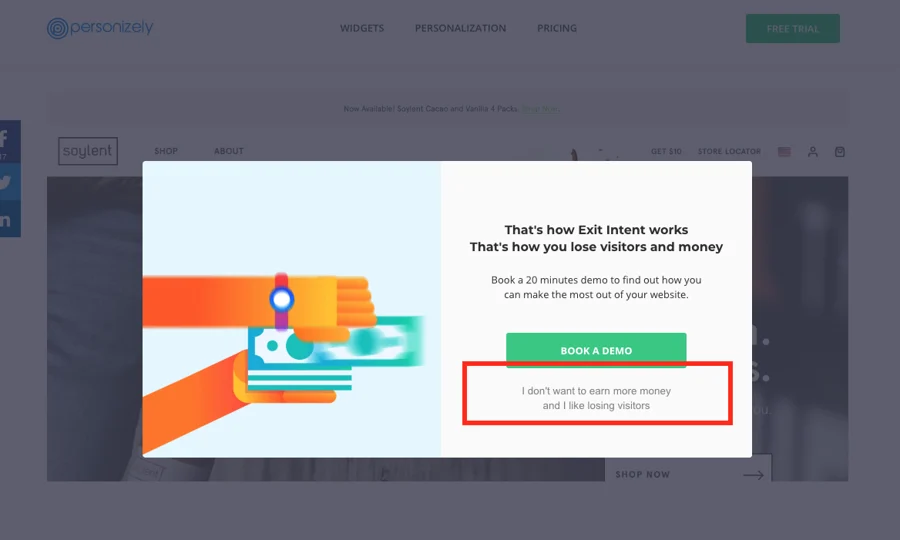As you navigate through the digital landscape, have you ever felt subtly manipulated into making choices you wouldn’t usually make? Welcome to the world of Dark Patterns, the seemingly innocuous yet deceptively persuasive tactics used by online platforms to influence your decisions. These hidden traps can sway your choices, often leading to unintended consequences. Understanding the intricacies of these dark patterns is crucial to maintaining control over your digital interactions and protecting your online autonomy.
Understanding Dark Patterns
Dark Patterns are essentially manipulative design practices employed by websites and apps to trick users into taking actions they may not have intended to take. They are the digital equivalent of a crafty salesperson, persuading you to buy products you don’t need or sign up for services you won’t use. The term was coined by Harry Brignull, a UK-based user experience consultant, who realized the need to name and shame these underhanded tactics.
These patterns are not accidental design flaws but are intentionally crafted to exploit the user’s cognitive biases. They use psychological tactics to nudge users towards a specific action, often benefiting the business at the user’s expense.
An essential aspect of Dark Patterns is that they are deceptive by nature. The user is often unaware that they are being manipulated, believing they are making independent choices. This is what makes them so powerful and potentially dangerous. They often lead to user frustration, decreased trust, and negative brand perception.

Common types of Dark Patterns
Dark Patterns can take on many forms, but there are some common types that you may have encountered in your online navigation. One such pattern is the ‘Bait and Switch’, where a user is led to believe they are performing one action when doing something completely different. This can be as simple as misleading button labels or confusing menu options.
Another common type is the ‘Roach Motel’ pattern. This is where a website or app makes it easy for a user to get into a particular situation but extremely difficult to get out. This could be a subscription service that is easy to sign up for but requires a lengthy and complicated process to cancel.
‘Disguised Ads’ are another prevalent type of Dark Pattern. These advertisements are disguised as other kinds of content or navigation to get you to click on them. They’re often seen in online games, social media platforms, and news websites.
Different case studies seen in practice
Let’s look at some real-world examples to understand the application of Dark Patterns. A notable case is that of Amazon’s Prime subscription service. The cancellation process is complicated and misleading, employing the ‘Roach Motel’ pattern. The user is forced to navigate several screens, with options to ‘end on’ a certain date rather than just cancel immediately.
Another example is LinkedIn’s sign-up process. It employs a ‘Friend Spam’ pattern, sending out invitations to all contacts in the user’s email address book without their explicit consent or knowledge. This not only potentially embarrasses the user but also involuntarily involves their connections. On the other hand, the ‘Disguised Ads’ pattern can be seen in various mobile games, where the ad is disguised as a gameplay element. The user, thinking they are interacting with the game, ends up clicking on the ad, leading to interruptions and potential unwanted downloads.


Legalities and Regulations against Dark Patterns
Given the deceptive nature and negative impact of Dark Patterns, there have been calls for legal and regulatory actions against them. In some regions, such as the European Union, laws like the General Data Protection Regulation (GDPR) have provisions that can be interpreted as anti-Dark Pattern measures. These laws require explicit and informed consent for data collection, which can help combat deceitful opt-in tactics.
There have been proposals for laws specifically targeting Dark Patterns in the United States. For instance, the DETOUR Act, introduced in 2019, aimed to prohibit large online platforms from using Dark Patterns to trick consumers into handing over their personal data. Also, the new Digital Services Act will start restricting dark patterns on online platforms. The DSA will complement rules such as the Unfair Commercial Practices Directive or the General Data Protection Regulation, ensuring no regulatory gap is left for platforms to manipulate users.
However, even though these laws can be interpreted as against dark patterns. But there’s still a long way from becoming specific anti-dark pattern regulations. While these are promising developments, enforcing such regulations remains a challenge. The digital landscape is vast and rapidly evolving, making it difficult to monitor and regulate effectively. So, as we navigate through our digital journeys, let’s remember that while the traps may be hidden, we should have the knowledge and tools to outwit them.



